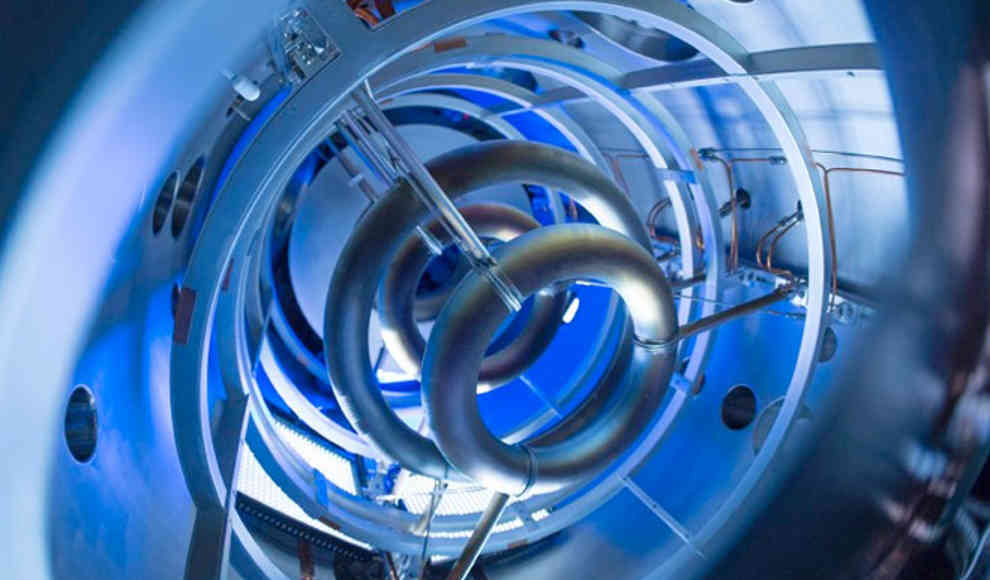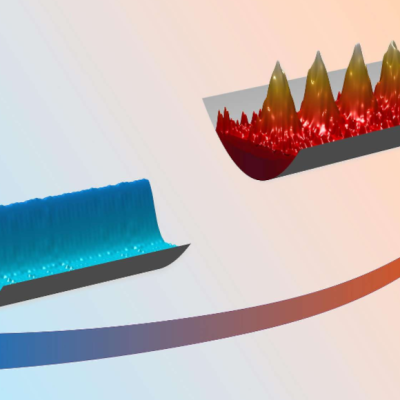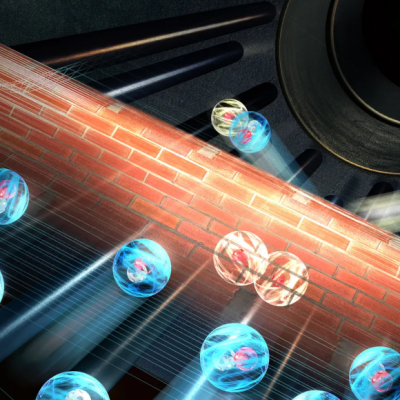Time travel to the past has long been considered impossible due to the paradoxes it would create. For instance, if one were to travel back in time and kill their grandfather, it would create a paradox that would make time travel impossible. However, researchers at the University of Queensland have published new theories on possible time travel to the past in Nature Communications, citing closed timelike curves (CTCs) and the findings of physicist David Deutsch. According to their research, time travel may be possible, but only from a mathematical and quantum mechanical perspective.
Einstein’s theory of relativity states that gravity curves spacetime. Therefore, to travel back in time, one would need to curve spacetime so much that it loops back on itself, creating CTCs. Paradoxes such as the “grandfather paradox” would only occur on a macroscopic level using this method. In quantum mechanics, these paradoxes do not occur, thanks to the known phenomena that cannot be explained by classical physics. In 1991, David Deutsch, an Israeli-British quantum physicist, proposed a thought experiment based on these findings, in which a quantum particle travels back in time through a CTC to flip a switch on the apparatus that created the particle originally.
The Australian researchers took this experiment as a model and expanded on the idea. In their CTC simulation, an exact double of a photon with a specific polarization is sent through the time loop, and then the double from the future is compared to the original particle. The two particles are identical, making time travel possible in this way. While the experiment is strange, it shows that time travel to the past may be possible from a quantum mechanical perspective.










